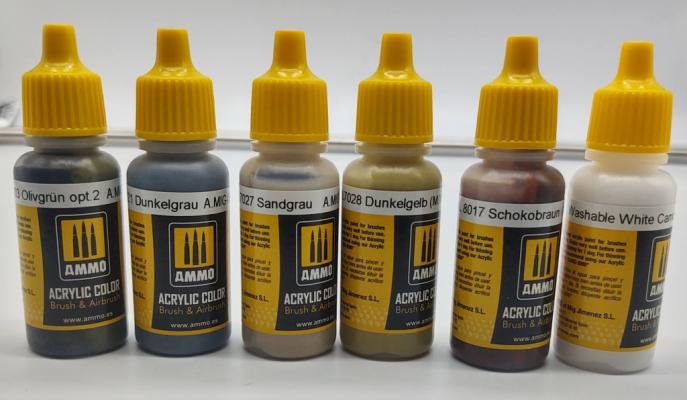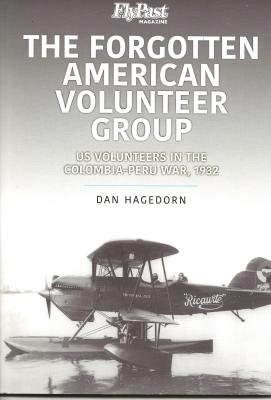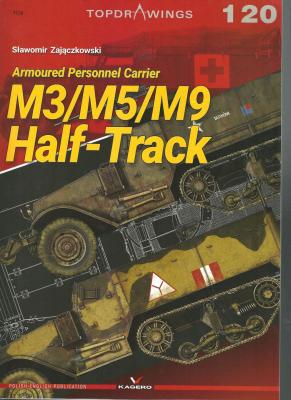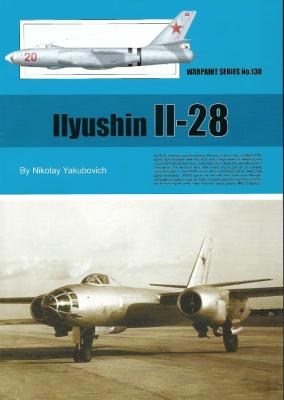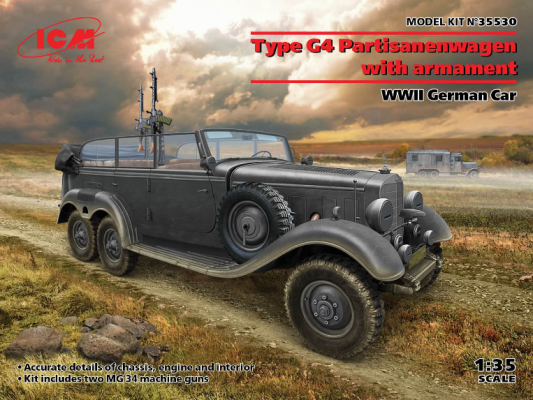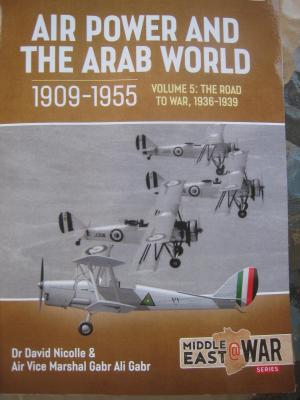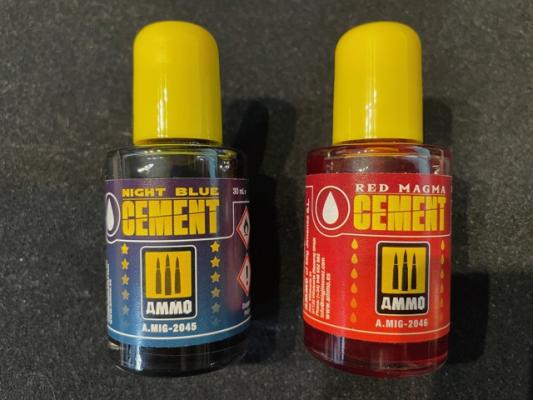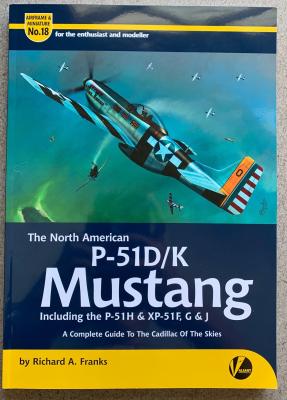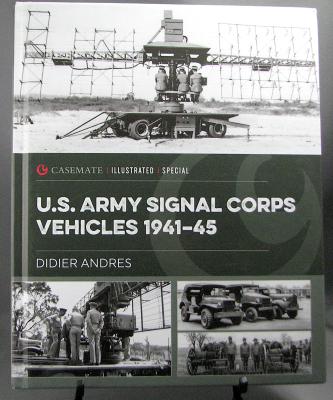The AMMO by Mig company is prolific in the endless useful and specific sets of paints, washes, and pigments they release. Their range of acrylic paints are designed to make painting a breeze thanks to the ease of application, with the 17mL dropper bottles. All colors in the range can be mixed with each other and with the full range of AMMO by Mig Jimenez acrylic colors. Each color is suitable for both brush and airbrush application. These acrylics are water-soluble and formulated to be safe and non-toxic. If airbrushing, I would suggest thinning first as the paints are thick out of the bottle which make them great for brush painting.
What's New
Everyone has heard of the AVG also know as the Flying Tigers and their exploits in WWII, but did you know that there was another AVG that served in Colombia in 1932? This book is their story.
In the early 1930s there was a border skirmish between Colombia and Peru when the latter invaded a very remote section of Columbia. So remote in fact that it was only accessible by floatplane or boats and thus there was a delay in the Colombian government finding out the Peru had invaded. Due to the remoteness of this area airpower was going to be the primary force to contest Peru.
Colombia’s air force was largely under the control of the German Airline that operated in the nation as little had been done by Germany to train locals in and on the aircraft. Also, the aircraft in use were largely of German manufacture which helped Germany maintain this control.
The Topdrawings series specializes in line-drawings of a given subject in each booklet. The 120th installment in this series is devoted to the always popular Armored Personnel Carrier Half-Track. This booklet covers the M3/M5/M9 versions of the half-track which were manufactured by International Harvester Company.
This booklet has 5-View line drawings for the M3A1, M3A2, M5, M5A1, M5A2, M9A1 in 1/35, 1/48 and 1/72 scale plus color profiles of M5, M9, M9A1 in French, Polish and American Service during World War II.
The booklet also includes a brief description on the overall history of the AFV. Sadly, not all line drawings have an explanation as to what was modified from the previous block series. By my personal inspection of the drawings the main differences are around the fenders and the back of the crew compartment (rounded edges instead of square ones). There might be other differences I have not noticed.
History
I found this in a local Dollar Tree Store, and thought that it would certainly be useful for any scale modeler. Other similar type stores did not stock the product. It is a small fine point non-toxic felt marker with silver colored ink, and I have found it much more efficient than using a paintbrush to paint fine line on parts of models. It is very efficient in painting the silver rocker arm covers on radial engines in almost any scale, and would also be useful painting cockpit interior details, including structural members and anything else requiring fine silver lines.
Guideline Publications Guideline Publications is the UK's leading publisher of modelling and hobby-related magazines. With a world-class portfolio of titles and an international Social Media presence, Guideline Publications has a dedicated readership that is constantly expanding into new areas.
Nikolay Yakubovich is an aviation engineer and aviation historian in Russia. He has written at least seventeen monographs focusing on Russian aircraft since 2001. These include a Russian hardcover monograph on the Tupolev Tu-16, published on January 1, 2001 all the way to 2019’s Guideline Warpaint 124 on the Mikoyan-Gurevich MiG-17. Publishers include Wydawnictwo Militaria, Tseyhgauz, Eksmo Yauza, and of course, Guideline.
Ukraine-based ICM has enhanced their venerable six-wheeled G4 Staff Car with a couple of post-mounted Type 34 machine guns; a configuration that served to transport high command staff of the Wehrmacht, as well as guards and escorts. Vehicles in this variant were called Partisanenwagen. While the vehicle itself sports the older sprues from previous versions, the machine guns and mounts are new.
Historical Background
This book is part of a series explaining the historical developments of military and civil aviation in the Arab World. This includes Morocco, Algeria, Tunis, Libya, Egypt, Palestine, Israel, Lebanon, Syria, Turkey, Iraq, Kuwait, Saudi Arabia, Yemen, and Iran. After the end of World War I, these regions were in the process of moving from European colonial rule to independence, with Britain and France in decline, while Germany and Italy were attempting to increase their influence. At the same time, aviation was slowly improving, and the Middle Eastern areas were developing more sophisticated aviation facilities. The British were probably the most involved in colonial developments, while France and Spain were in decline.
The constant ingenuity of our modeling industry never ceases to amaze me—such is the case of colored model glue. This is novel approach which will provide a solution to an issue that many of us did not know existed.
Ammo by Mig’s statement provides the following information:
“Hold the parts together, apply the cement to the joint and allow it draw itself into the gap by capillary action. Its red [or blue] colour stands out against the plastic surface, clearly showing where it is being applied. This also allows you to be sure the entire joint is covered and will facilitate the sanding process. Completely dries in 10 minutes.”
The Airframe and Miniature series by Valiant Publications gives the modeler and the enthusiast the most information and details you will find about a given subject.
When you first open the book, you will see the table of contents, then the preface. The preface goes over a brief history of P-51s from the B model up to the K model. There are also lists of USAAF and RAF squadrons that operated P-51s during and after WWII. The preface concludes with a run-down of which countries used the aircraft, how they were acquired and, their operational life.
Chapter one is the evolution of the P-51 from the XP-51D to the P-51K-20-NT. Each version of the P-51 has about a paragraph of information on the differences between models and a side profile.
Chapter two is about the evolution of the Photoreconnaissance, trainers, and projected production versions. With the same layout of chapter one.
The latest title in Casemate’s Illustrated Special series is U.S. Army Signal Corps Vehicles 1941-45 by Didier Andres.
Chapters
- Introduction
- Evolution of the Model K
- Radar Trucks
- Radio Trucks
- Multi-Purpose Vehicles
- Specialized Vehicles
- Specialized Trailers
- Telephony
- Special Cases
- Sources
This hardbound book was of great interest to me, as my Great Uncle was with Co C, 4th Signal BN in WWII. This book follows a few others by this author on similar subjects which are also of interest to the modeler.

